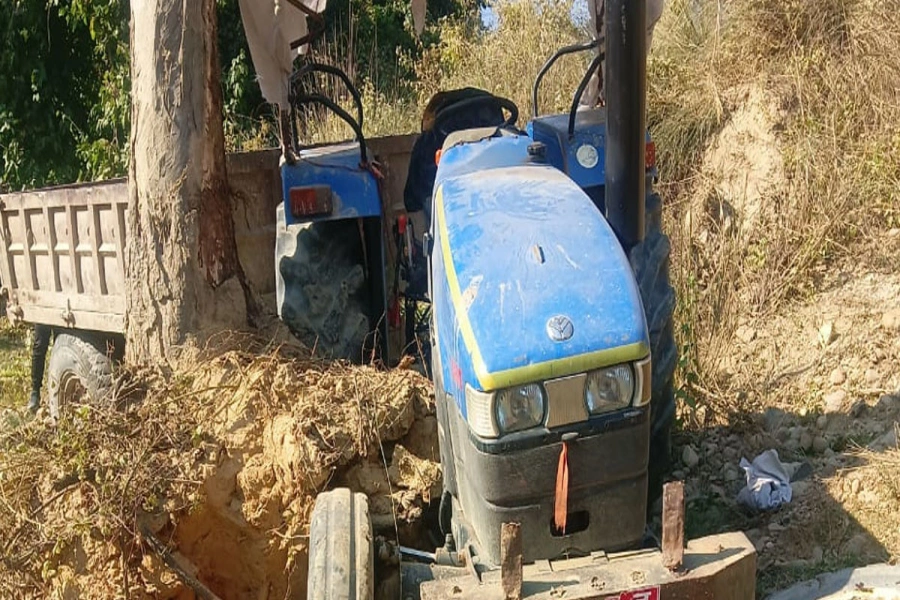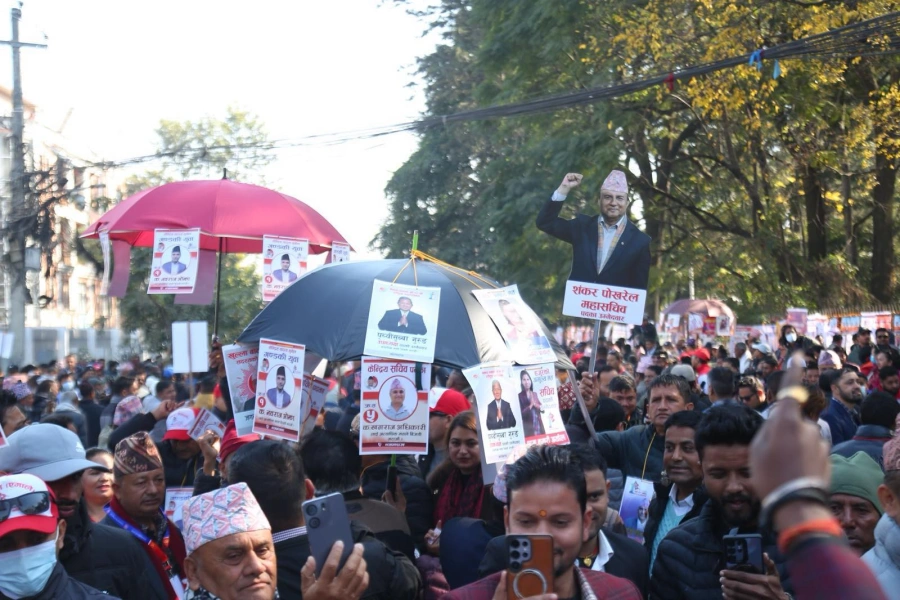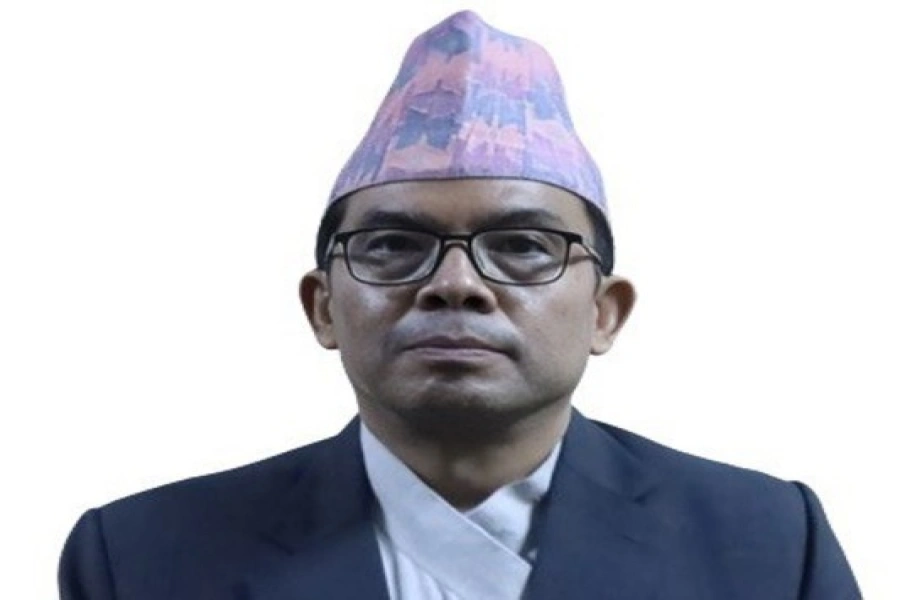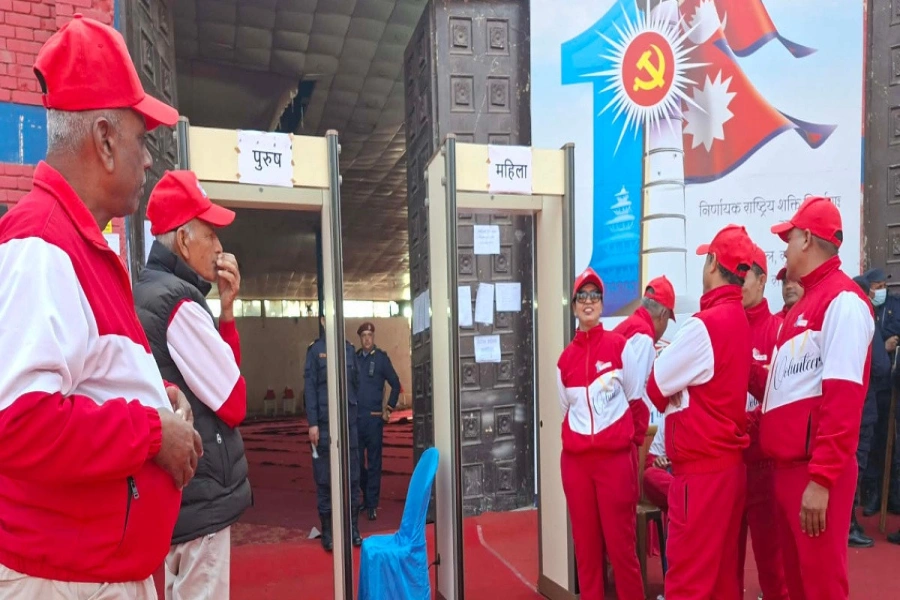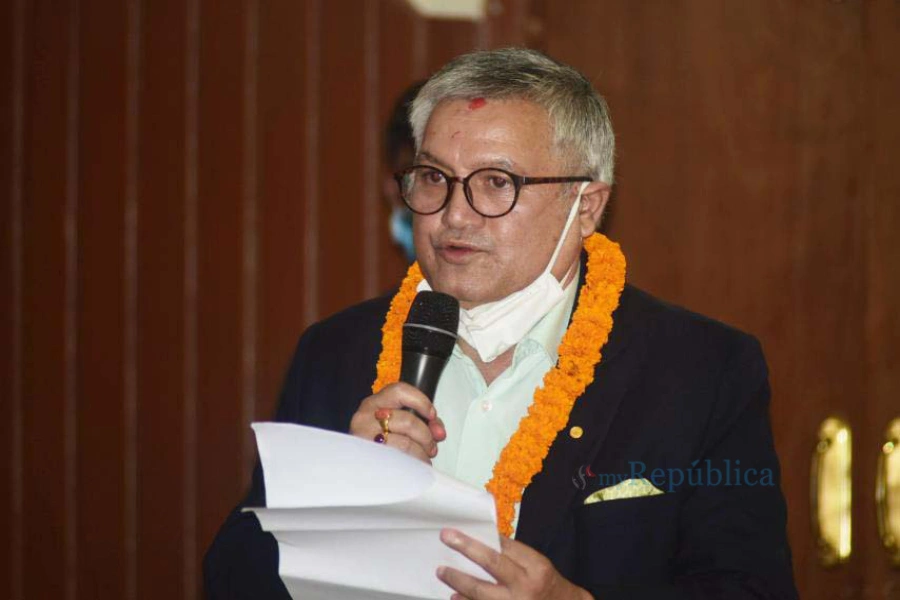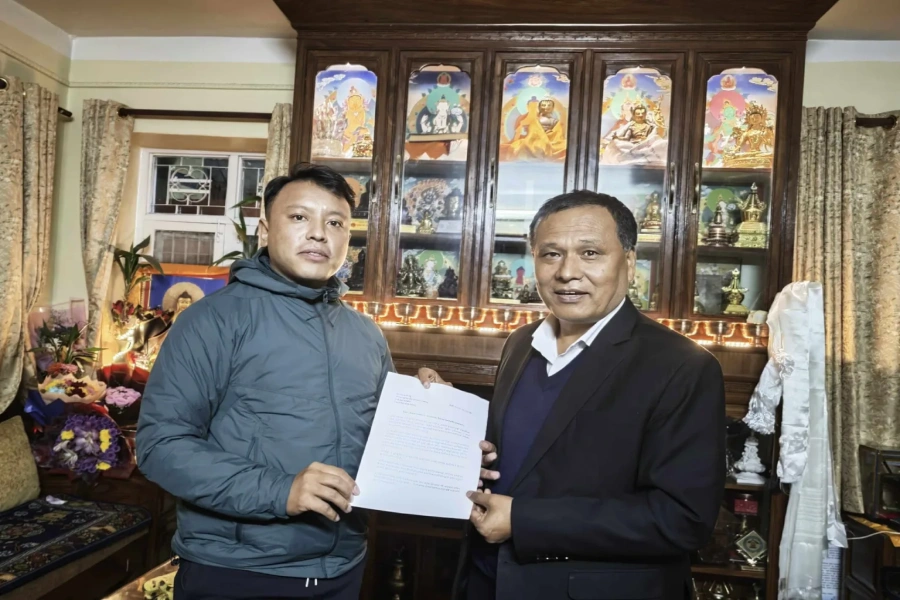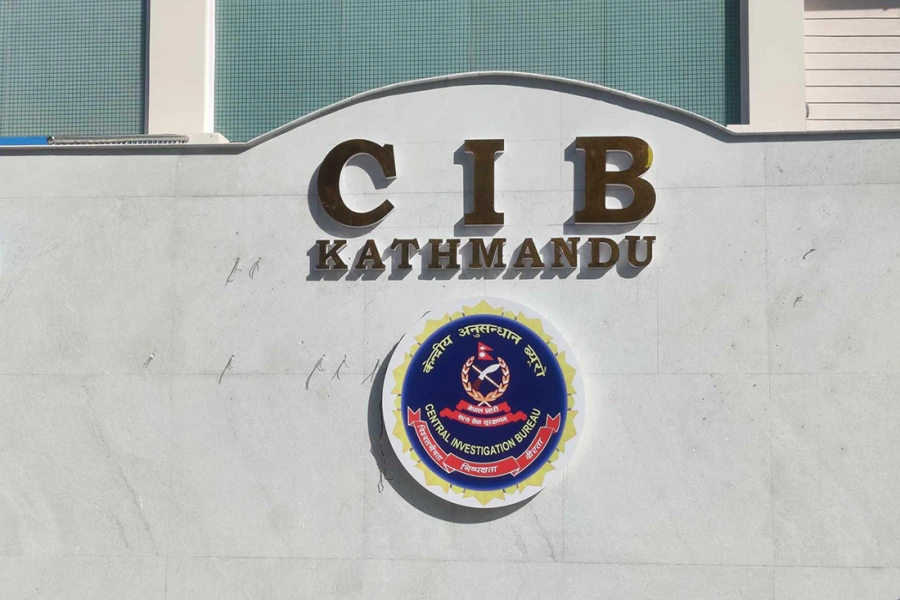As the recent UN Conference on Sustainable Development (Rio+20) showed, intergovernmental negotiations on the environment and development can be slow processes that lack ambition. But that is nothing new.
One of the outcomes of the original Rio Earth Summit in 1992 was the UN Convention on Biological Diversity. It was hailed at the time as a major step in promoting the conservation and wise use of the Earth’s living resources. [break]
But it has taken 18 years for governments to establish a system for achieving one of its three goals: the fair and equitable sharing of benefits that arise from genetic resources, such as when companies develop commercial medicines from plants or other life-forms.
The result, agreed in Japan in 2010, was the legally-binding Nagoya Protocol on access to genetic resources and benefit-sharing. The hope is that when it enters into force in a year or so, it will create new incentives for countries to protect their natural capital while enabling businesses to develop useful new products from biological resources in a sustainable way.
Implementing this agreement will be the next challenge. Community protocols and free, prior informed consent can be powerful tools for putting the Nagoya Protocol into practice — linking economic, social and ecological objectives, while supporting marginalised communities as they defend their rights to land and resources.
Benefits for communities
The Nagoya Protocol is mainly concerned with benefit-sharing between states. But it includes two potential safeguards for protecting the rights of indigenous peoples and local communities. They are often the best custodians of nature in rural areas, and their traditional knowledge can be important in identifying new products.
First, it requires countries to support the development of community protocols. These are charters of rules and responsibilities in which communities can set out their procedures for access and benefit-sharing, and their legally-recognised and customary rights to natural resources and land.
Second, it requires countries to take measures to ensure that communities can control access to their traditional knowledge by giving their free, prior informed consent. This means that communities decide whether to permit use of their knowledge or genetic resources, and on what terms.
The Inter-governmental Committee of the Nagoya Protocol is meeting this week (2–6 July, 2012) in New Delhi, India, to discuss guidance for implementing the protocol.
Fourteen case studies published ahead of this meeting show how these tools have been developed and used in Africa, Asia and Latin America, and provide guidance on how policymakers, donors and nongovernmental organisations can support them in practice. [1]
For example, biocultural community protocols developed by farmers in Peru’s Potato Park have helped to conserve traditional crops and share the benefits from their use equitably among six communities. Healers in Bushbuckbridge, South Africa, have done the same to conserve medicinal plants, gain access to plants in a protected area, and negotiate more effectively with a cosmetics company.
In northern Ghana, a community protocol resulted in mining being postponed to protect religiously significant areas of forest and streams, known as sacred groves. And in India, Kenya and Pakistan, pastoralists are using protocols to help secure their assets and get more recognition for their role in biodiversity conservation.
Community protocols recognized
A dialogue between the Convention on Biological Diversity secretariat and stakeholders, held in Montpellier, France on 24 May 2012, concluded that community protocols have an important role to play in implementing the Nagoya Protocol.
They can protect communities from exploitation, channel benefits to the local level to incentivise conservation, and enhance legal certainty and clarity for both users and providers of genetic resources. But they can also help create equitable partnerships between communities and other groups, such as scientific organisations or companies that seek to develop new products based on natural resources.
The case studies show that community protocols must start from the bottom-up, secure wide participation, and receive flexible support to maximise their potential to defend rights, conserve biodiversity and reduce poverty.
According to a report summarising the workshop, when emphasis is placed on the process of developing community protocols — rather than just the product — these protocols are more likely to strengthen community values and institutions that conserve biodiversity and traditional knowledge. [2]
It also points out that countries and donors must ensure communities receive the support they need to develop their protocols.
Simple, national changes
At this week’s meeting of the Inter-governmental Committee of the Nagoya Protocol, negotiators should urge governments to recognise the critical role that community protocols can play at a local level.
This would mean including, in national legislation, provisions to recognise the rights of communities, and provisions for government support so communities can develop the necessary protocols. Governments should also ensure that laws requiring prior informed consent for the use of traditional knowledge and biodiversity are in place, and implemented in practice.
Rio+20 was a reminder that while politicians falter, the real action and leadership comes at a local level. To make a major outcome of the original Earth Summit work in practice, governments need to make these simple changes to allow communities to support and benefit from the conservation objectives their states committed to 20 years ago.
Krystyna Swiderska is a senior researcher at the International Institute for Environment and Development in London, United Kingdom. Krystyna can be contacted at krystyna.swiderska@iied.org
Nepal deposits instrument of accession of Nagoya Protocol



